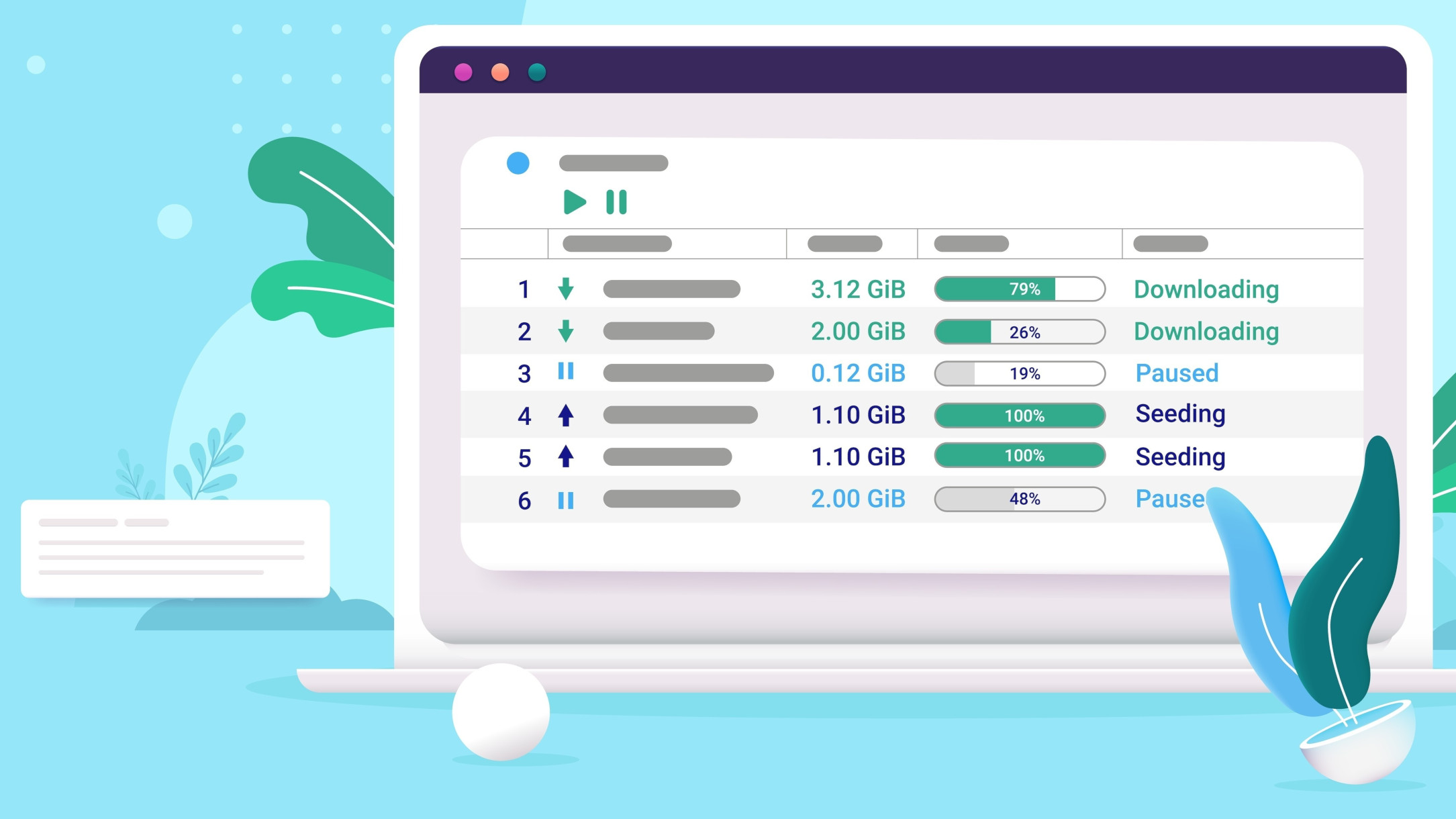
Spurred by the Higher Education Opportunity Act, which includes anti-piracy measures, American colleges and universities are required to enforce those measures. However, as noted by TorrentFreak, it would seem that most policies around these applications are pretty outdated. The anti-piracy messaging at American universities still refers to the likes of LimeWire, Kazaa, and BearShare —a.k.a. a whole litany of dead filesharing applications.
So, does this mean you're free to run your filesharing applications on college campuses across the United States? Unfortunately, this is not the case. While these worded warnings are outdated, colleges can still detect critical signs of filesharing traffic, particularly Peer To Peer (P2P) torrenting traffic, regardless of the application used. Even a university as prestigious as Stanford still has warnings about using Skype or playing World of Warcraft because these applications use filesharing protocols for calls and updates, respectively.
We should establish some context for those unfamiliar with filesharing applications, particularly these long-dead ones.
Filesharing applications in this context typically refer to applications that use the BitTorrent protocol (not to be confused with the app of the same name— plenty of other torrent applications exist) to transfer files between users to scale with how many are on the same torrent. A healthy torrent has people who have completed the file still connecting to the network and "seeding" the torrent by copying that data and sending it to other users wanting to download it. It's a very distributed form of filesharing and has been a staple of digital piracy for about as long as it has existed.
Most of the applications listed use the BitTorrent protocol or some variation to distribute files for free between users.
The two most prominent names of that era of piracy that I can remember, even though I was pretty young at the time, are LimeWire and Kazaa. They essentially took over the niche of easy music piracy after the short-lived golden era of Napster from June 1, 1999, to September 3, 2002, which was so good that it was the first of its kind to get sued into oblivion by the Recording Industry Association of America (RIAA). Eventually, lawsuits would shut down the likes of LimeWire and Kazaa, too. Still, those applications managed to survive a bit longer— particularly LImeWire, which continued operating until a May 2010 lawsuit ruling took them down.
But as it's plain to see, these names still hold significant weight despite how long they have been since they were viable piracy applications. For example, Napster's branding was eventually acquired by legitimate music service Rhapsody, which has since renamed itself to Napster and seemingly exists to lose to Spotify. LimeWire's corpse branding has also been repurposed for NFTs as of 2022, much to the displeasure of its founder.







